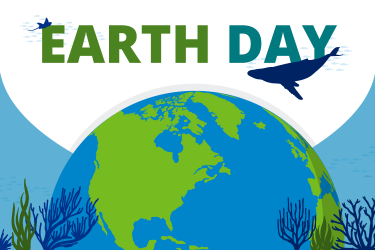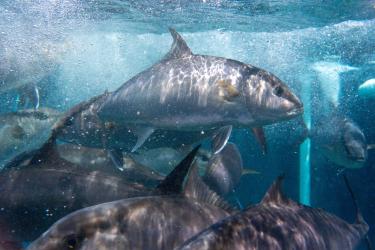Since 1991, the NOAA Restoration Center has supported restoration projects across the United States. The Restoration Atlas is an interactive tool that lets you browse more than 3,100 of those projects by location, habitat type, and more. We’re excited to launch a redesigned version of the Restoration Atlas that makes it easier than ever to dive into our restoration work.
Through the Restoration Atlas, visitors can access nearly 30 years’ worth of habitat restoration work—spanning wetlands, rivers, oyster beds, coral reefs, and more. You can view project information by browsing the map or filtering by topics such as location, habitat type, or restoration technique.
The redesigned Restoration Atlas includes an easier-to-use interface and new features such as:
- Individual project web pages with details on project funding, accomplishments, and photos. (For example, view the Bloede Dam removal project on Maryland’s Patapsco River.)
- Additional data layers that allow users to more easily search for projects or create their own custom filters and queries.
- Customizable data tables that allow project information to be exported and downloaded for further analysis.
Restoring Habitat for Fisheries and Communities
The NOAA Restoration Center invests in habitat restoration across the country where our nation’s fisheries and protected resources need it most. Our work supports communities that rely on those habitats for jobs, flood protection, drinking water, and more.
In collaboration with our national network of partners, we leverage funding, provide technical support, and develop high-quality restoration projects in four primary areas:
- Recovering threatened and endangered species. All species need healthy habitat to survive: for food, protection, and safe areas to grow and reproduce. We play a major role in the recovery of threatened and endangered species by supporting projects that restore the habitats on which these vulnerable species rely. Learn more about how we recover threatened and endangered species (PDF, 2 pages).
- Supporting sustainable fisheries. Coastal habitats are home to more than 75 percent of our nation’s commercial fish catch and 80 to 90 percent of recreational fish catch. Our work restoring the habitats that these fish—and their prey—rely on helps sustain the cultural and economic benefits they provide. Learn more about how we support sustainable fisheries (PDF, 2 pages).
- Reversing the damage from oil spills and toxic releases. As stewards of the nation’s coastal and marine resources, we work to restore natural resources damaged by oil spills, hazardous waste releases, and ship groundings. In turn, we protect valuable benefits like tourism, recreation, and jobs. Learn more about how we recover injured resources (PDF, 2 pages).
- Strengthening coastal resilience. America’s coasts are under increasing pressure from the impacts of extreme weather and changing ocean conditions. Our work protects community safety and well-being by reducing vulnerability to floods and other hazards, saving hundreds of millions of dollars in storm damage. Learn more about how we strengthen coastal resilience (PDF, 2 pages).
Our investments in habitat restoration strengthen communities and the economy. In Muskegon, Michigan, for example, our restoration work led to a 6-to-1 return on investment to the local economy. On average, habitat restoration supports 15 jobs per $1 million invested.





